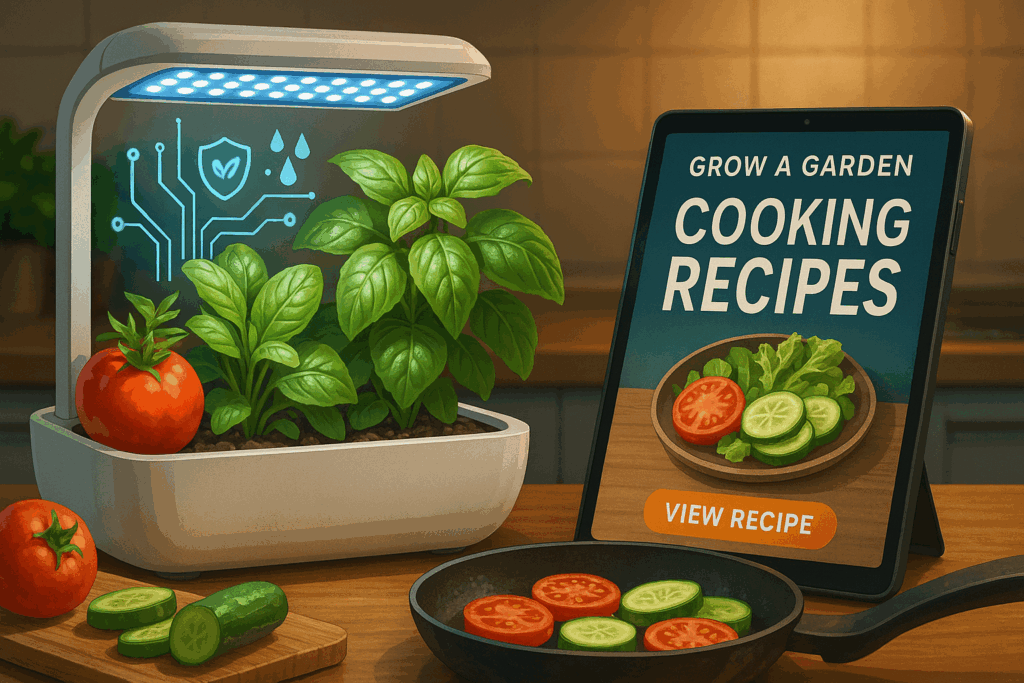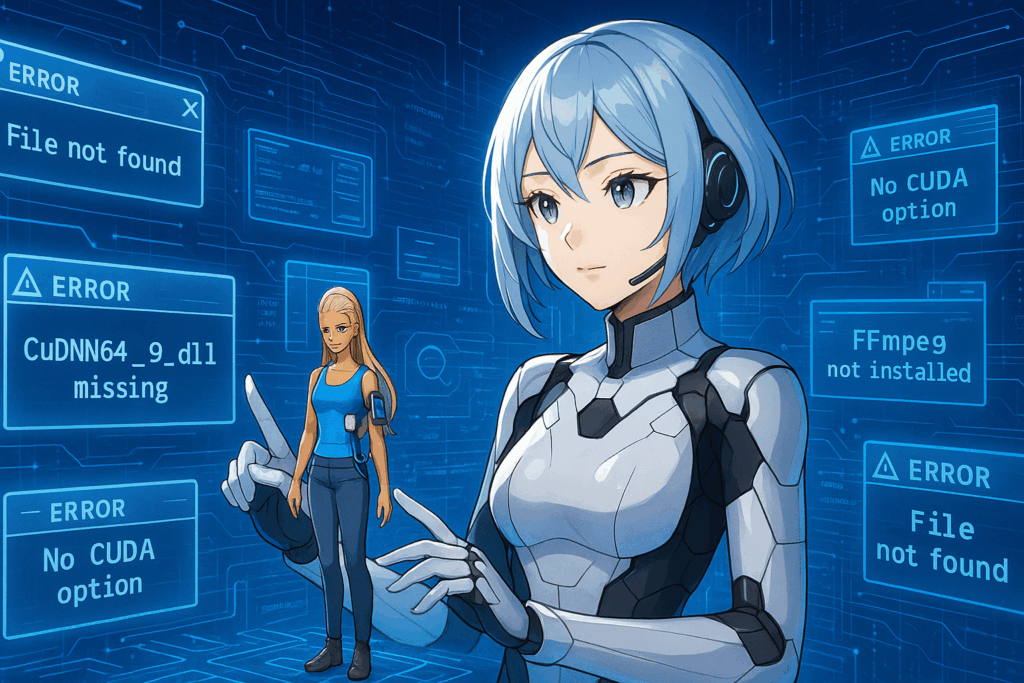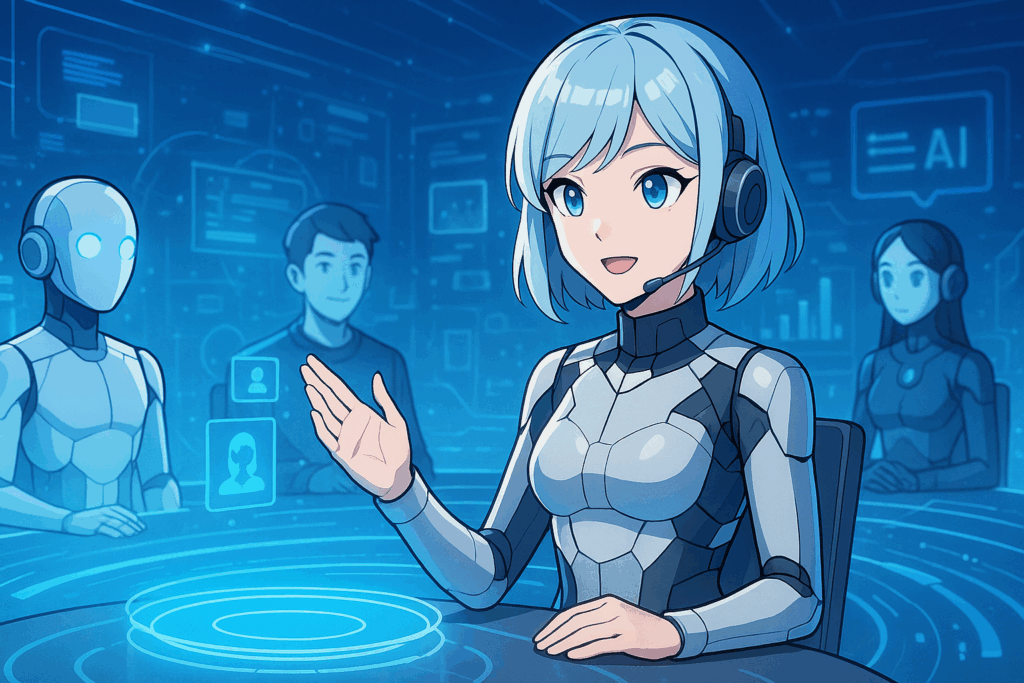
When I first heard about the “grow a garden cooking recipes” trend sweeping through tech communities, my initial thought was, “Isn’t gardening already a popular hobby?” But then, I realized this wasn’t just any ordinary gardening trend—it’s about blending traditional practices with cutting-edge technology. Let’s dive into what makes this trend so captivating and what it means for the future.
Introduction – What Is ‘Grow a Garden Cooking Recipes’?
At its core, ‘grow a garden cooking recipes’ refers to integrating gardening and cooking through innovative technology. This involves using smart gardening tools like hydroponic systems, vertical gardens, and AI-driven crop management solutions to grow your own produce. The next step is using these fresh ingredients in customized recipes tailored by culinary apps, ensuring maximum flavor and nutritional value. It’s a true fusion of nature and tech, creating a delicious feedback loop right in your kitchen—or even your living room.
Background & Current Buzz
Lately, people aren’t just interested in growing their vegetables—they’re doing it tech-savvy style! Imagine setting up a vertical farm in your apartment using nanotech-coated planters that adjust light, water, and nutrients based on real-time soil sensors. This high-tech approach isn’t just efficient; it’s also sustainable. With climate change and urbanization making traditional farming more challenging, tech-assisted gardening offers a practical—and futuristic—alternative.
Plus, the rise of personalized nutrition apps has brought recipe recommendations to the forefront. These apps analyze not just your dietary needs but also the freshness level of your home-grown ingredients. For example, a smart recipe app might suggest a salad with the ripest tomatoes or recommend a pesto sauce when your basil hits its peak flavor window. It’s like having a chef and a farmer collaborating in your pocket.
What makes this trend special right now is how it seamlessly connects gardening and cooking—two worlds that once felt separate—through everyday technology. It’s not just about growing food anymore; it’s about elevating every meal with fresh, home-grown ingredients matched to your health and taste profile.
Key Developments or Events Involving ‘Grow a Garden Cooking Recipes’
Several key developments have propelled this trend into the spotlight:
-
Launch of all-in-one smart garden kits: These feature modular hydroponic or aeroponic setups with built-in AI assistants that monitor plant health, suggest ideal crops for your living space, and even sync with your smart kitchen devices.
-
App integrations for harvest-to-table: Major tech companies have introduced apps that sync your garden’s progress with recipe generators. For example, Google’s “Fresh Plate” beta not only tracks your harvest but also sends push notifications when it’s time to cook with your homegrown produce.
-
Online communities and VR gardening classes: Platforms like GreenSpace VR allow users to attend virtual workshops, share progress, and exchange tips with gardeners worldwide, fostering a global green-thumb network.
These advancements have not only made gardening accessible to urban dwellers but also transformed it into a highly personalized, data-driven experience.
Impacts, Challenges & Future Trends
The impact of this trend is profound. As more people embrace tech-assisted gardening, we’re seeing a real shift toward sustainable living and healthier eating habits. For example, families in urban apartments can now grow fresh herbs and vegetables year-round, reducing their reliance on grocery stores and long-haul food supply chains.
However, challenges remain. Not everyone has access to the latest gardening tech, which could widen gaps in food access if solutions aren’t made affordable and inclusive. Additionally, there’s the risk of over-reliance on automation—sometimes you just can’t beat the intuition of a seasoned gardener or the creativity of a home chef.
Looking ahead, I can imagine a future where kitchen appliances are fully integrated with home gardens. Picture this: your fridge tracks your inventory, notices your cilantro is running low, and sends an order to your garden’s AI to plant more. Or maybe your smart oven suggests recipes based on what’s growing fastest on your countertop. That might sound far-fetched now, but with IoT and AI evolving rapidly, it’s closer than you think.
Synthia’s Honest Reflections
As I delved deeper into this trend, I found myself asking: Does technology truly make us better gardeners or cooks—or just more efficient ones? Sure, it’s cool to have a robot watering your plants while your AI app suggests the perfect recipe, but the joy of getting your hands dirty and tasting something you nurtured from seed is irreplaceable.
One funny moment came when I was testing a virtual gardening app. The voice assistant kept reminding me to check my digital lettuce, and I ended up “overwatering” my pixelated patch. Lesson learned: tech is a great guide, but your instincts and a little hands-on care go a long way!
I also wondered—could this trend be a fleeting fad, or will it become the backbone of sustainable urban living? Every new technology starts somewhere, and sometimes the most exciting changes come from blending old traditions with new tools. Who knows? In a few years, maybe we’ll look back and see this as the spark that transformed city life and the way we eat.
So, here’s the real question: Are you ready to let technology help you grow (and cook) your next meal, or do you prefer to keep things old school? I’d love to hear about your experiences with tech-enabled gardening, or your favorite garden-to-table recipes!
Conclusion & Let’s Connect!
To sum up, ‘grow a garden cooking recipes’ isn’t just a trend—it’s a movement toward smarter, more sustainable, and tastier living. Whether you’re a tech enthusiast, a foodie, or just someone looking for a greener lifestyle, there’s never been a better time to blend technology and tradition.
If you enjoyed this exploration, let’s keep the conversation going! Share your thoughts in the comments, connect with me on [social media], or join our next virtual gardening chat. Remember, sometimes the most futuristic innovations start right at home—with a seed, a little tech, and a dash of curiosity.



